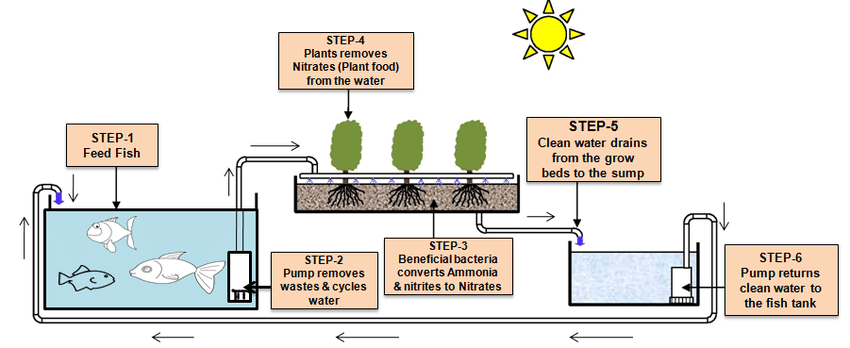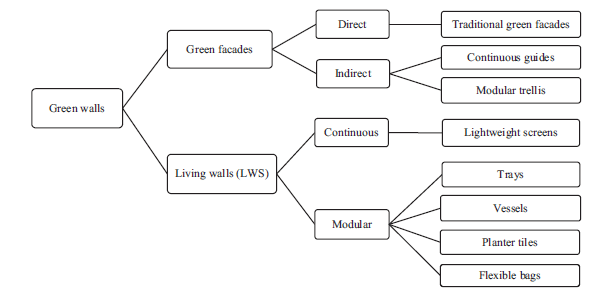The Defining Biocities course introduced us to the fundamental concept of “biocities.” This course involved an in-depth examination of terminology related to biocities, specifically within the realms of food, energy, and biodiversity. Through thoughtful discussions, we gained valuable insights, exploring global examples that illuminated the practical implications of these concepts.
A series of guest lectures further enhanced our understanding of biocities, providing nuanced perspectives and prompting thoughtful reflection. Notably, the quality of their presentations and visual aids also served as a source of inspiration, offering valuable guidance for refining our own presentation skills and content development. This course served as a valuable platform for both acquiring knowledge and finding inspiration for future academic pursuits.
In the food segment, we explored integrating agriculture into urban settings through methods like vertical, rooftop, underground, kitchen, forest, and other gardens. Our focus extended beyond cultivation, considering maintenance and other crucial elements for sustainability.
Agrovoltaics.
A concept that combines photovoltaic electricity generation and agricultural production, providing the opportunity for a more efficient land use and contributing overall to the integration of food, energy and water systems. In an urban scale, the concept consists of combining photovoltaic electricity generation and agricultural production while maximising the efficiency of space utilisation on roof tops. Urban areas have limited land space available for traditional food production to occur. However, there is often a significant amount of unused space on the rooftops of buildings. Growing food on rooftops in urban areas is called rooftop agriculture. When solar panels are vertically integrated into rooftop agriculture systems, it is called rooftop agrovoltaics.
Students: Varun Sreenath & Sharvari Sharath
Aquaponics.
Aquaponics is an agricultural system that combines aquaculture and hydroponics in a closed-loop ecosystem. It integrates the cultivation of aquatic animals with the growth of plants in a soil-less environment, typically water. In contemporary urban environments, aquaponics is employed to grow fresh, local produce in limited spaces.

Students: Maya Shoavi & Lotte Wigman
Edible Green Walls.
An edible green wall is a vertical gardening system that incorporates edible plants into its design, being a practical and sustainable way to cultivate food. It can be developed vertically either indoors or outdoors. This form of agriculture is drawing attention in dense urban areas where traditional gardening techniques may not be able to thrive and a variety of edible plants can be cultivated in order to provide a source of fresh produce.

Classification of green walls according to their construction characteristics.
Students: Lamprini Makarona & Anushreya Kondapi
Fruit trees.
Fruit trees are perennial woody plants that bear edible fruits as their primary harvest and serve as essential components in urban design, offering natural beauty and ecological benefits. They contribute to reducing carbon footprint, improving air quality, and fostering biodiversity, while also playing a vital role in Urban Food Forestry, promoting community engagement, economic self-sufficiency, and outdoor recreation in urban environments.
Students: Diana Ruzanska
Kitchen Garden.
A Kitchen Garden is cultivated area close to the home where edible plants are grown for household consumption. The emphasis is on producing fresh and nutritious food for personal use. The produce being cultivated varies according to local cuisine, seasons and the gardeners.
Students: Alireza Shayan & Alfred Ziad Aramouni
Landscape Agriculture.
Landscape agriculture is a holistically, managed and integrated approach of farming on a vast scale of land while considering its social, economic and ecological factors in harmony with the landscape. In urban cities context, landscape agriculture refers to practices through integrating sustainable farming techniques and innovative gardening methods within the city limits to promote local food production, while enhancing the diversity, and aesthetics of the urban space. Some examples of landscape agriculture in cities are: Huertos Urban Community in Madrid, Spain, The Haussmann Perched Gardens at Galeries Lafayette Paris, France, Dalston Eastern Curve Garden in London, UK, City food system in Antananarivo, Madagascar.
Students: Helen Girma & Marianna Santos Fujii
LED Farming.
LED-Farming is a term that describes the use of LED (Light Emitting Diode) technology in agriculture. This technique involves the strategic application of LED lights to provide specific wavelengths of light that enhance plant growth during different stages of development. The precise control over light intensity and spectrum enables energy-efficient and customized indoor or vertical farming, optimizing conditions for plant photosynthesis and overall crop health.
Students: Kristina Schüssler & Mustafa Teksoy
Peri-urban Agriculture.
Peri-urban agriculture, situated on the fringe of cities, serves as a transition zone between urban and rural landscapes. It involves diverse practices, actors, and resources to meet local needs sustainably. Peri-urban agriculture is important for food security, climate resilience, and community well-being; it has the potential to generate green jobs and services at the edges of towns and cities.
Students: Emma Rodriguez Berghmans & Nishi Doshi
Underground Farming.
Biocities prioritize self-sufficiency, aiming to locally produce resources, including food and biomass. Underground farming emerges as a solution, repurposing abandoned subterranean spaces to generate sustenance. This practice, also known as basement farming, employs hydroponic methods, utilizing LED lights and vertical gardens to ensure year-round, controlled cultivation. The benefits encompass forest conservation, space efficiency, water conservation, reduced pollution, and continuous, climate-independent food production. However, high initial costs and technological demands pose challenges.
Students: André Arruda Navarro & Karla Velarde Sandoval
Urban Agriculture.
Urban agriculture (UPA) is a diverse practice involving cultivating, processing, and distributing food in urban areas, embracing methods like hydroponics and vertical farming. With activities such as rooftop gardening and community farming, UPA serves to enhance food security, promote local sourcing, and reduce agriculture’s environmental impact. Examples include Brooklyn Grange in the US, Arusha Edible Gardens in Tanzania, and Bangalore Urban Farming in India. UPA, detailed in the FAO’s “Urban and Peri-Urban Agriculture Sourcebook,” fosters resilience, community engagement, and environmentally friendly urban food systems, contributing to sustainability and climate change mitigation.
Students: Ludovic Vincent Poot & Alkiviaids Avarkiotis
Urban Greenhouse.
A facility with a controlled environment optimized for growing conditions to maximize production of food in urban areas year-round, where plants are Cultivated using advanced techniques such as hydroponics, Aquaponics, Rooftops, vertical farming, and others. promoting sustainability by using less water and land, reducing emissions associated with food distribution and resources. In addition, They create jobs for local economic development and serve as educational centers that promote sustainable agriculture and healthy eating.
Students: Toni Javor & Juan Sebastián Batallas Cueva
Urban Orchards.
An intentional plantation of trees or shrubs for food production, originated from the Old English term ortgeard which itself was influenced by the Latin word for garden hortus. Also referred to as a feature of large gardens, they serve an aesthetic purpose as well as a productive purpose. They are generally made up of fruit trees and nut trees, with the occasional inclusion of berry shrubs. Orchards are not typically well known for having a great variety of species within them, but nowadays biodiversity is more commonly applied to protect the plantations against pests and diseases. These plantations can be a mosaic of trees, shrubs, and wildflowers, therefore can host and support a wide range of wildlife. Introducing orchards into urban settings can result in an improved quality of life for its citizens, as well as provide fresh produce to local communities.
Students: Vanessa Marie Alvarado Barrios & Alexander Tamazov
Urban Permaculture.
Permaculture, or permanent agriculture, is a systems-thinking design methodology for sustainability. The term was coined by Bill Mollison and David Holmgren in the mid-1970s¹ and aims to “Consciously design landscapes which mimic the patterns and relationships found in nature, while yielding an abundance of food, fibre and energy for provision of local needs”. ¹ People, their buildings and the ways they organise themselves are central to permaculture.
A set of 12 principles, detailed in Fig 1, simulate or directly utilise the patterns and resilient features observed in natural ecosystems. Following these, practitioners are guided to create abundance, share it fairly and limit overconsumption.²
1 Newman, P and Jennings, I. Cities as Sustainable Ecosystems – Principles and Practises (2008) .
2 Holmgren, D. Permaculture: principles & pathways beyond sustainability.(2002).
Students: Oliver Needham & Sveta Sathyanadhan

